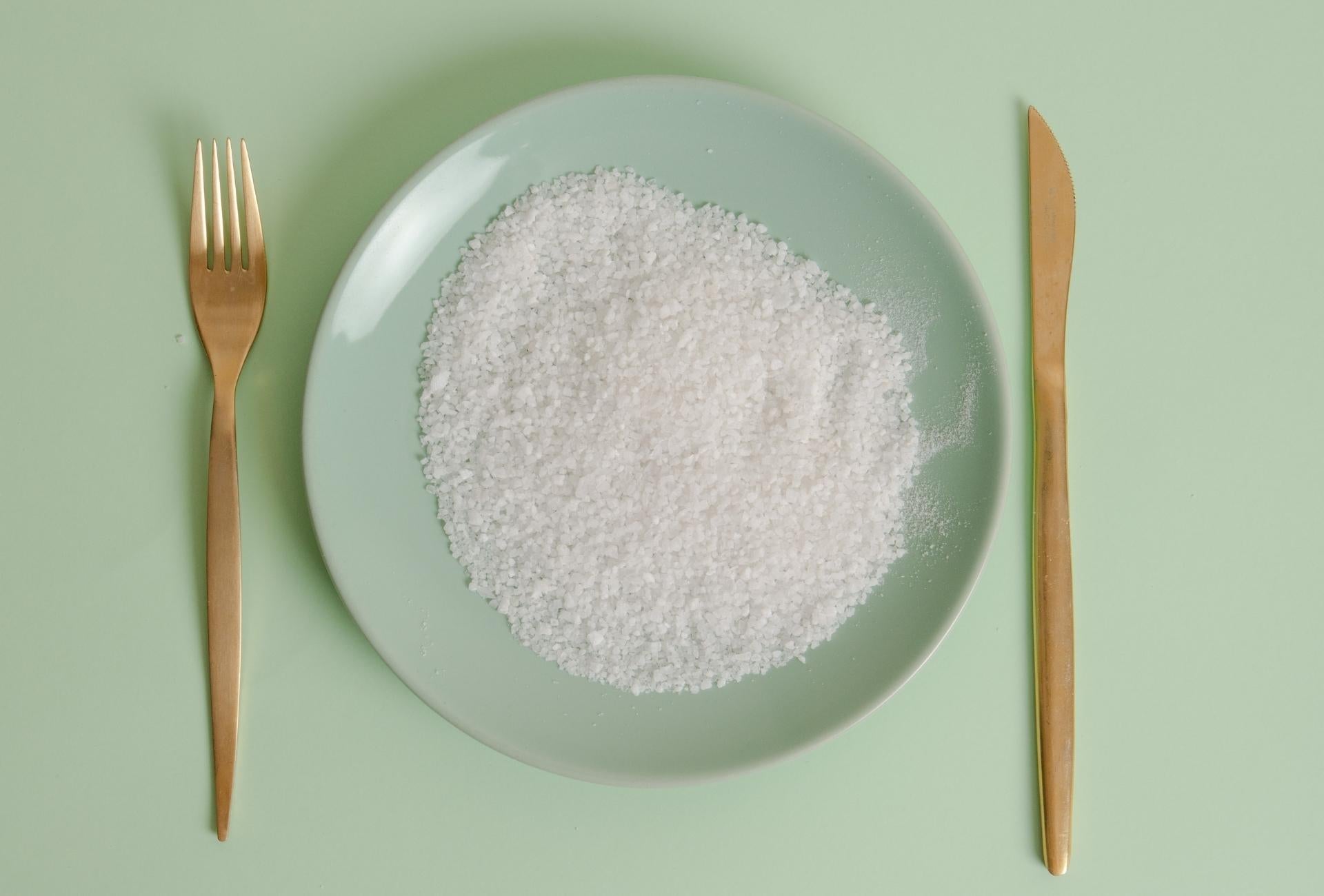Understanding the influence of various substances on ice is a fascinating topic that often blurs the lines between fact and folklore. There's a peculiar myth that suggests gold, with its renowned luster and value, has the ability to melt ice simply through contact. At Mayi Salt, we are committed to not only providing the highest quality natural salt products but also to exploring the intriguing intersections between science and the natural world. To this end, we've embarked on a scientific exploration to demystify the claim that gold can melt ice, diving into the principles of thermal conductivity and the unique properties of substances.
Our inquiry begins by examining the thermal properties of gold. As a metal, gold is indeed a good conductor of heat. The idea that it could melt ice seems plausible at first glance; however, this does not mean that gold intrinsically carries enough heat energy to initiate the melting process of ice upon contact. To provide context, at Mayi Salt, we understand heat transfer and its role in how our natural salts interact with different temperatures and materials. Similarly, when comparing gold to salt, a well-known ice-melting substance, the mechanisms in play are quite distinct. Salt disrupts the freezing process by lowering the freezing point of water, whereas gold’s heat conductivity would theoretically require a temperature higher than that of the ice to cause any melting. Through our analysis, the myth of gold's ice-melting ability is both a scientific curiosity and a nod to the broader, more metaphorical lessons hidden within nature's elements.




